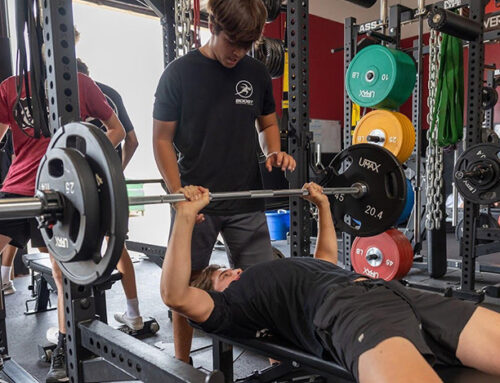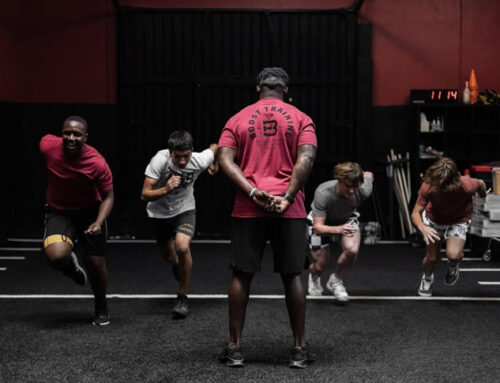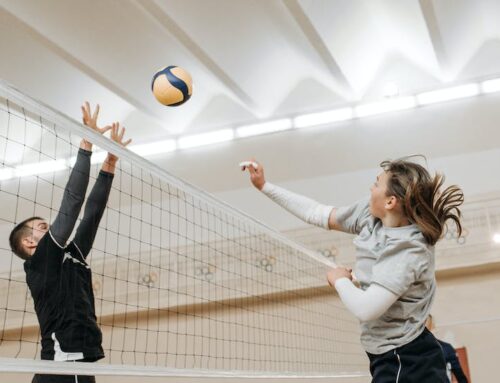I love seeing young competitors getting after it in the gym to build themselves into better athletes. While knowing how to train is important for any athlete to reach their specific goals, I’m still a firm believer that doing something is better than nothing. When you don’t get the results that you want you can try something new and go from there. But there are some aspects of athletic development that are simply hard to develop without proper guidance and one of those is how to build explosive power. Athlete’s who commonly work on footwork and agility drills on their own or even with a trainer are missing some important pieces to the puzzle that is explosive power. Here’s how we do it at the Boost Performance Center in Corona, CA.
WE BUILD A BASE OF STRENGTH
If you’ve ever read or listened to any of my content you’ve heard me say it over and over again, strength is the foundation of everything. Doing agility drills, sprinting, & running on treadmills is fine, but it will always be the more powerful athletes who wins out, and you can’t build power without strength. One of the best pieces of advice I ever received as a performance coach was from the legendary Pete Bommarito of Bommarito Performance, and what he said was you should train muscles not motions. This resonates with me still and is a core philosophy of my training programs. From agility to linear sprinting, with each step athletes are constantly absorbing and redirecting force, and this requires a good base of strength to do efficiently. You can actually increase an athlete’s speed and agility by simply getting stronger, but if you’re just doing drills, you might move better but there will always be a cap of how much progress you can make.
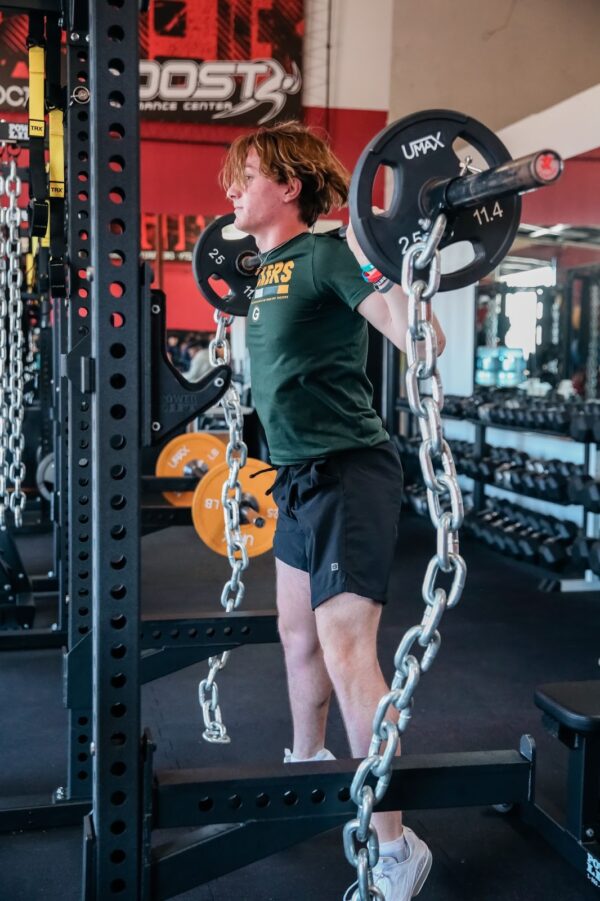
WE MOVE WEIGHT FAST
Once you have a nice foundation of strength it’s time to build power, and this is done by exploiting the stretch reflex of muscles, also called the stretch shortening cycle. An example of executing an exercise fast where the stretch shortening cycle is exploited is the speed squat. Here as an athlete lowers their body the quads and glutes are eccentrically contracted (lengthened), next there’s a brief isometric contraction (pause), followed by an concentric contraction of the quads and glutes (shortening). The shorter the isometric contraction is during this movement the more force an athlete can produce. Moving weights fast helps minimize the isometric contraction which accentuates power.
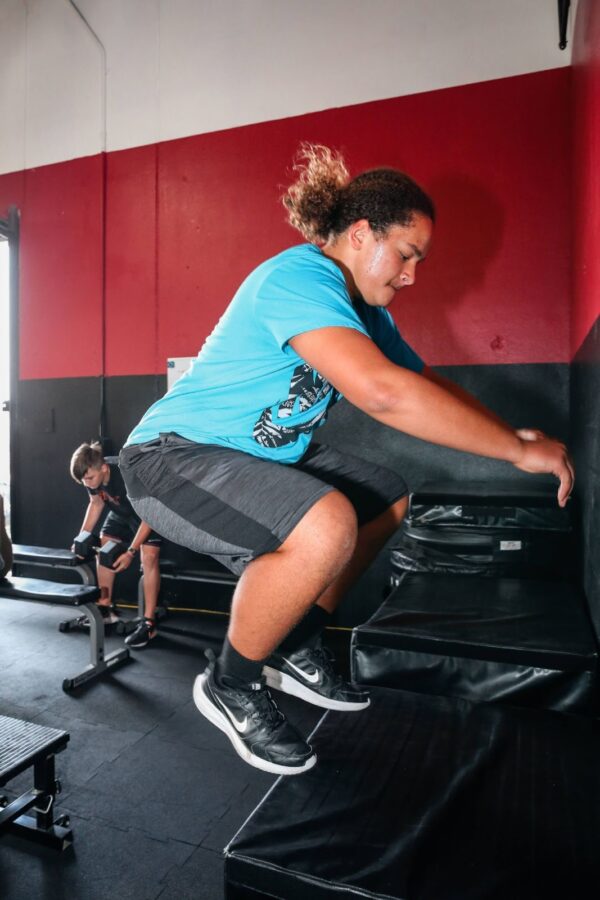
WE DO A LOT OF PLYOMETRICS
Plyometrics, or jump training is another one of the best ways to potentiate the stretch shortening cycle. We have our athletes execute plyometrics laterally, horizontally, and vertically. We do double and single leg plyometrics as well. This is done to make our plyometrics more specific to the movements athletes will see in their sport, becoming explosive in all directions and off different edges of their feet. Plyometrics are done in the weightroom too, and our athletes execute some type of explosive movement daily at our gym.

When it’s all said and done, it’s important to remember that to become a good athlete you have to build specific qualities such as strength, speed, and of course power. I will never knock an athlete’s grind but building power is something that not a lot of people are aware of and therefore can’t achieve on their own in training. It’s one of those things where if you know you know, and now, you know!-Boostman
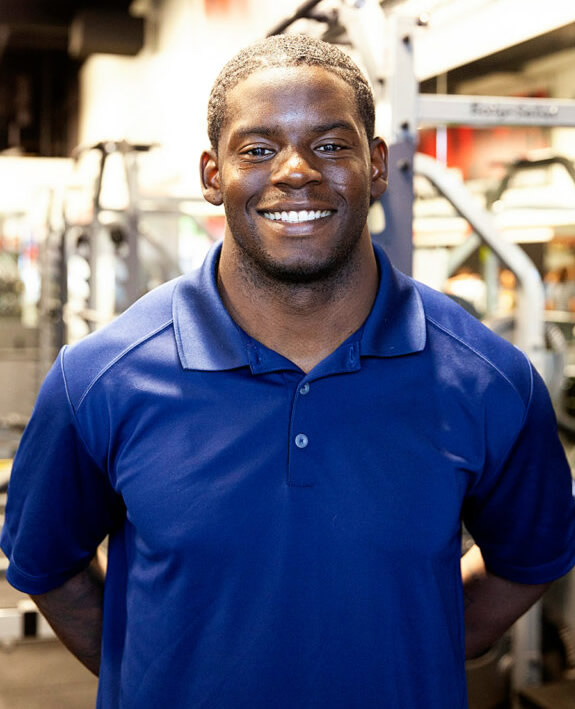
Owner, Boost Training Systems in Corona, CA
Level 1 & 2 Coach Bommarito Performance
CSCS, USAW


